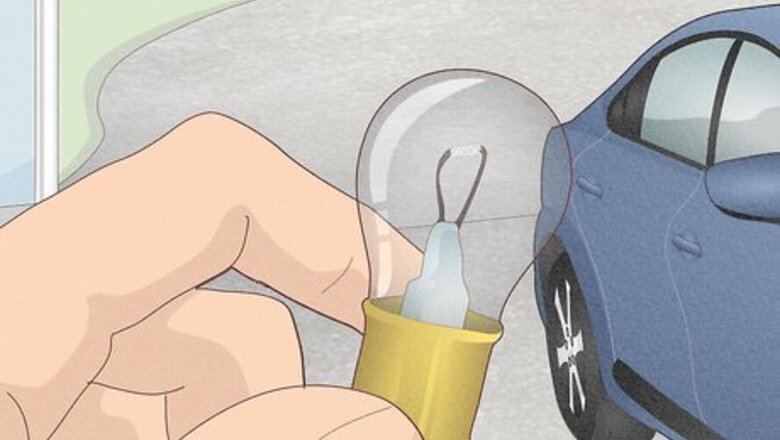
views
Finding the Right Bulb and Where It Goes
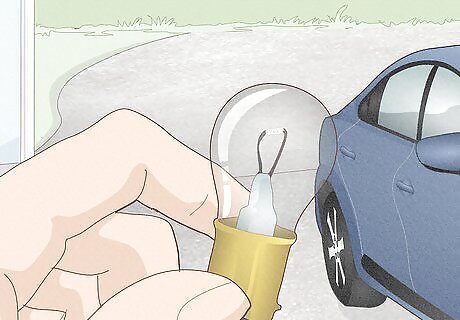
Purchase the right bulb for your vehicle. There are many variations in the bulbs used by auto manufacturers, so it’s important that you get the right one for your vehicle. You can find information pertaining to what bulb to purchase in your vehicle’s owner’s manual. If you do not have the owner’s manual, you can ask the clerk at your local auto parts store to assist you. You can also find bulb information on the automakers web site.
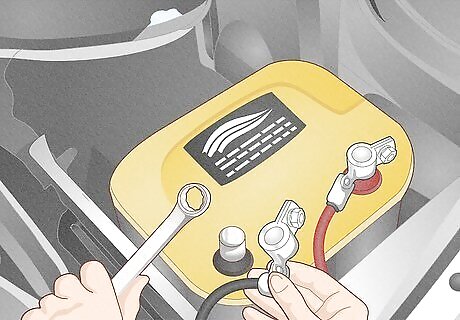
Disconnect the battery. Before beginning any project that involves your vehicle’s electrical system, you should always disconnect the battery to prevent damage or injury. Use the appropriate sized hand or socket wrench to loosen the nut on the cable going to the negative terminal on your battery. Tuck the cable to the side of the battery so it can’t come back into contact with the negative terminal. You do not need to remove the positive cable.

Open the hood or trunk lid. If the blown out signal bulb is in the back of the vehicle, you will likely need to open the trunk in order to access it. If the blown out bulb is in the front of the vehicle, your best point of access will probably be under the hood. Ask a friend to stand in front of the vehicle, then behind it, as you test your turn signals to identify which one or ones need to be replaced.

Identify how to access the turn signal bulb. You may need to remove trim or even body components in order to access the signal bulb in your vehicle. Determine how best to access the turn signal bulb by either examining the area around the turn signal or by referring to the service manual for your specific vehicle. Generally, if you can spot screws holding the outside cover down, this will be an easy access point. The service manual for your vehicle will explain exactly how to remove any components between you and the blown out bulb. In many vehicles, you will be able to determine how to access the bulb simply by looking.
Removing an Old Turn Signal Bulb
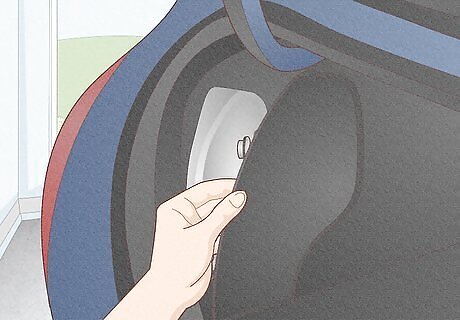
Remove any interior pieces necessary. Once you have determined how best to access the bulb, remove any body or trim pieces that are in the way. Be careful not to damage the finish on painted body components. Plastic trim pieces are often held in place with fasteners that may break when removed. You can purchase replacement trim fasteners at most auto parts stores. Refer to your vehicle’s service manual if you are uncertain of how to remove a body or trim component.
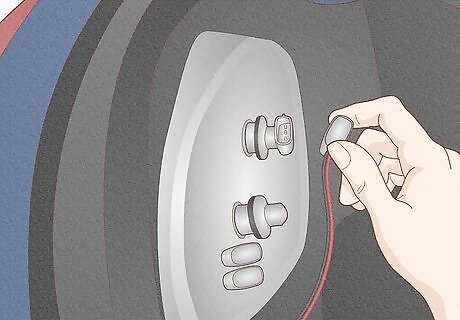
Disconnect the wiring. Once you have gotten access to the where the signal bulb is housed, first disconnect the wiring harness that powers the bulb. In most applications, this requires pulling back or pressing in on a clip, then pulling the harness backward away from the bulb housing. Be sure to pull on the clip rather than the wires, as the wires may accidentally come free from the harness.

Turn the bulb counter clockwise and pull it out. With the wiring removed, grip the base of the plastic bulb seat and turn it counter clockwise (to the left). Most vehicles design the bulb to be seated quickly with a quick-release system and typically only requires a quarter turn before it’s released completely. It may take a bit of force to loosen the bulb in some applications.
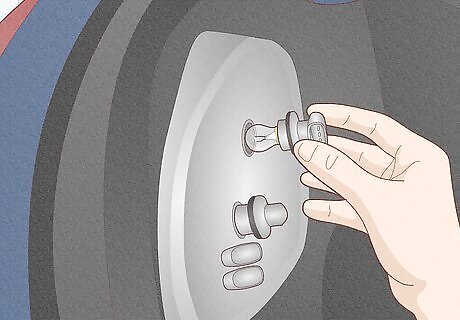
Pull the bulb out toward you. Once the bulb is loose, pull it backward out of its housing. The bulb should slide right out once it has been unscrewed a quarter turn. With the wiring disconnected, you should be able to remove the bulb and its plastic seat together in one motion. The seat for the bulb comes out with it to make it easy to swap signal bulbs. Be careful not to misplace the seat after you remove the old bulb.
Installing a New Bulb
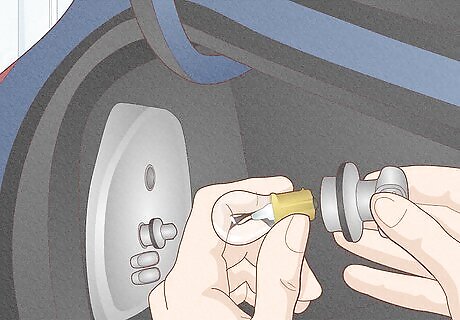
Swap in the new bulb. Remove the old bulb by holding the plastic seat in one hand and gripping as close to the base of the bulb in the other. Pull the two apart and the old bulb should pop out. Then remove the new bulb from the packaging and insert it into the seat. Be careful not to break the old bulb by squeezing it too hard, as that may cut you. If you do break the old bulb, remove it from the housing using pliers to avoid cutting yourself on broken glass.
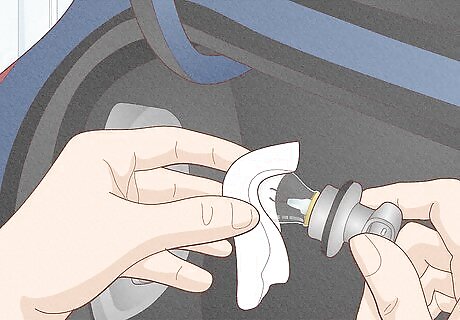
Use a rag when touching the new bulb. When handling the new bulb, do not allow your skin to touch the bulb. Oils coating your skin can adhere to the glass of the bulb and damage the bulb when it is turned on and operating at high temperatures. Use a rag instead to handle the bulb and insert it into the plastic seat. If you do touch the bulb, wipe it down with some rubbing alcohol to clean it off.

Insert the new bulb and housing. With the new bulb in the plastic seat, insert them both back into the hole in the signal light housing. Once pressed in fully, turn the bulb clockwise (to the right) a quarter turn to lock it into place. The bulb and plastic seat should lock in place and not move around once secure. If you have difficulty reinserting the bulb, check to make sure there is nothing blocking the entry way, then reinsert it.
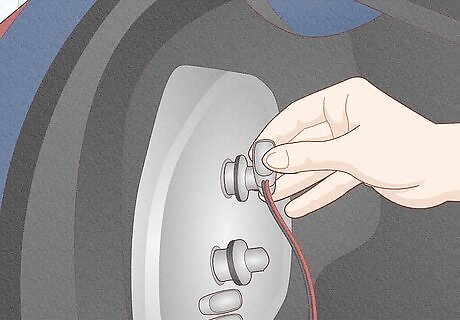
Connect the wiring. With the new bulb and seat securely fastened within the turn signal housing, reconnect the wiring you disconnected earlier. When connecting the wire harness to the bulb seat, you should be able to simply press it onto the clip until they connect. You will hear a click when the harness is firmly seated and connected. Tug on the clip lightly just to ensure it is securely fastened.

Conduct a function check. Before reassembling the trim or body components you removed to access the turn signal, reconnect the battery and ask a friend to test the turn signals. Watch the signal you just installed and make sure it functions properly. Have your friend test the turn signals, hazard flashers and brake lights to ensure they all function. If the turn signal does not work, check the connection to ensure it is secure.
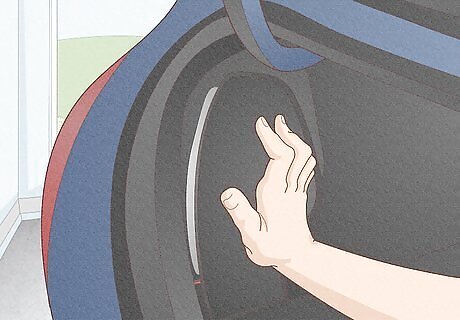
Replace any interior pieces. After you’ve checked to make sure your new turn signal bulb is working, reinstall any pieces of the vehicle you removed in order to access the bulb. If there were multiple components, replace them in the opposite order you removed them in, as parts often overlap and must be installed in the correct order. If you find yourself unsure of how to replace the trim or body pieces you removed, refer to the vehicle’s service manual for guidance. Replace any damaged fasteners with matching ones from your local auto parts store.



















Comments
0 comment